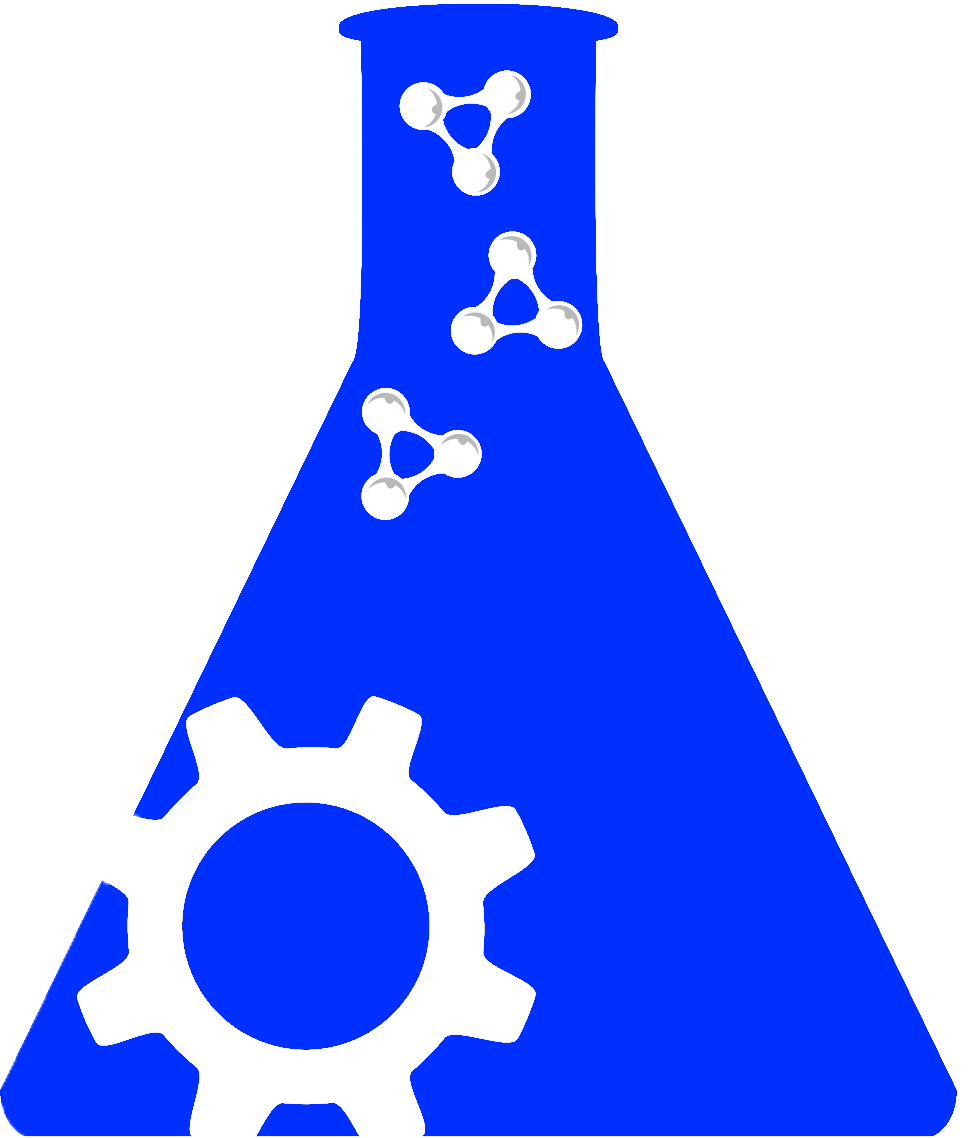Searching across hundreds of databases

Are you sure you want to leave this community? Leaving the community will revoke any permissions you have been granted in this community.
URL: http://medaka.utgenome.org/
Proper Citation: UT Genome Browser (Medaka) (RRID:SCR_005857)
Description: A website containing the complete sequenced genome of the medaka fish. It presents a high-quality draft genome sequence of a small egg-laying freshwater teleost, medaka (Oryzias latipes). Medaka is native to East Asia and an excellent model system for a wide range of biology, including ecotoxicology, carcinogenesis, sex determination4, 5, 6 and developmental genetics7. In the assembled medaka genome (700 megabases), which is less than half of the zebrafish genome, we predicted 20,141 genes, including approx2,900 new genes, using 5’-end serial analysis of gene expression tag information. We found single nucleotide polymorphisms (SNPs) at an average rate of 3.42% between the two inbred strains derived from two regional populations; this is the highest SNP rate seen in any vertebrate species. Analyses based on the dense SNP information show a strict genetic separation of 4 million years (Myr) between the two populations, and suggest that differential selective pressures acted on specific gene categories. Four-way comparisons with the human, pufferfish (Tetraodon), zebrafish and medaka genomes revealed that eight major interchromosomal rearrangements took place in a remarkably short period of approx 50 Myr after the whole-genome duplication event in the teleost ancestor and afterwards, intriguingly, the medaka genome preserved its ancestral karyotype for more than 300 Myr.
Synonyms: UTGB medaka
Resource Type: data or information resource, database
Expand Allhas parent organization |
We found {{ ctrl2.mentions.total_count }} mentions in open access literature.
We have not found any literature mentions for this resource.
We are searching literature mentions for this resource.
Most recent articles:
{{ mention._source.dc.creators[0].familyName }} {{ mention._source.dc.creators[0].initials }}, et al. ({{ mention._source.dc.publicationYear }}) {{ mention._source.dc.title }} {{ mention._source.dc.publishers[0].name }}, {{ mention._source.dc.publishers[0].volume }}({{ mention._source.dc.publishers[0].issue }}), {{ mention._source.dc.publishers[0].pagination }}. (PMID:{{ mention._id.replace('PMID:', '') }})
A list of researchers who have used the resource and an author search tool

A list of researchers who have used the resource and an author search tool. This is available for resources that have literature mentions.
No rating or validation information has been found for UT Genome Browser (Medaka).
No alerts have been found for UT Genome Browser (Medaka).
Source: SciCrunch Registry